Malm Whale
One of the world's few mounted blue whales, its jaws are hinged open allowing visitors to descend into a lounge.
In 1865, a young blue whale beached on the rocks of Askim Bay, not far from the city of Göteborg. In those heady days, beached whales were not generally rescued, but slaughtered, and such was the fate of this one.
The fishermen who first discovered the poor stranded whale started the procedure by poking its eyes out, so that it would “not be able to see us.” Over the next two days, the creature was methodically axed, speared and shot until it finally died in a sea of its own blood.
The next day, August Wilhelm Malm, taxidermist and curator of the Gothenburg Museum showed up to the scene and purchased the beast from its killers for his museum collection. Not content to hack the creature apart to transport just major pieces to the museum, Malm decided that he had to have the whale whole and intact. It took three steamboats and two coal barges to tow the whale to the Göteborg shore. Greeted by a crowded of excited onlookers, Malm took the opportunity to climb up onto the head of the his prize and deliver a lecture on whales.
The whale’s organs were preserved in barrels in the yard of the museum, its skin was treated over a number of weeks, the baleen was hung and salted, and the skeleton was boiled and cleaned. Meanwhile a great wooden frame was built in rough whale shape and completed with a hinged jaw. The skin was stretched over the frame, held together by brass tacks like a leather sofa.
The hinged jaw was made to be opened to allow visitors to descend into the belly of the beast, which was comfortably outfitted with benches, carpeting, and wall-hangings. The Malm Whale spent many years traveling around Europe, inviting the curious in for a chance to experience Jonah’s fate, before finally making its home at the Göteborg Natural History Museum, where it still sits today.
Originally the whale’s jaw was open all of the time, and the attraction drew people far and wide. Sometime in the 1930’s a couple was found “making love” inside the creature, and from then on, the museum decided to only open him up on special occasions, like Swedish election days. Of the amorous natural history enthusiasts, a chairman of the museum commented, “We must be content with the fact that it was two citizens of our own city that enjoyed this privilege.”
Know Before You Go
The museum is free to enter, check the website for opening hours.
Plan Your Trip
The Atlas Obscura Podcast is Back!




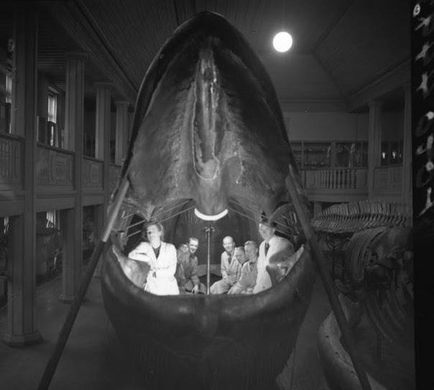

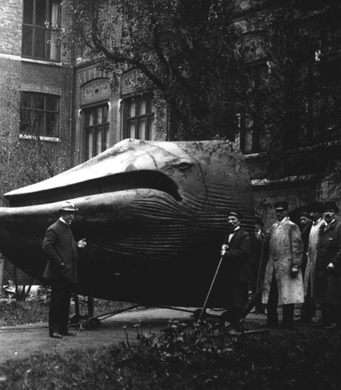
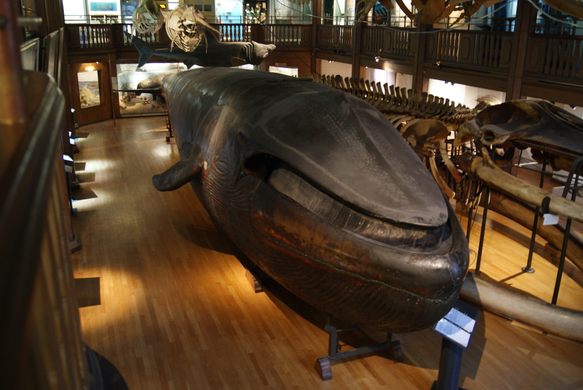



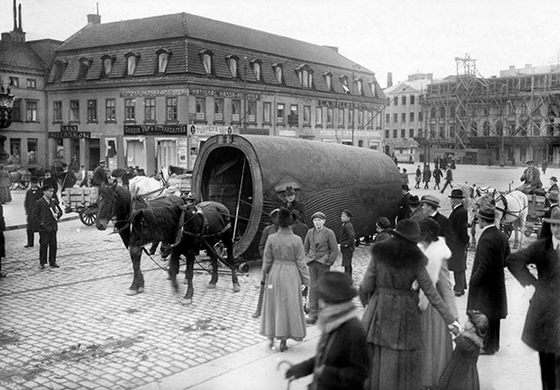
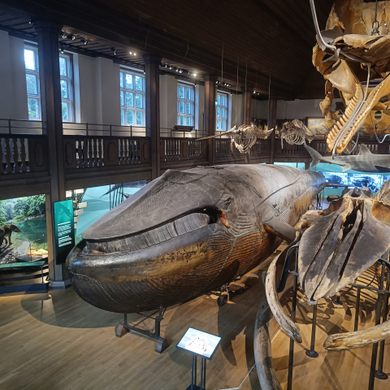
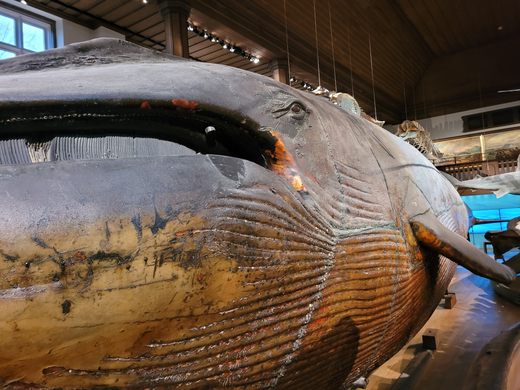






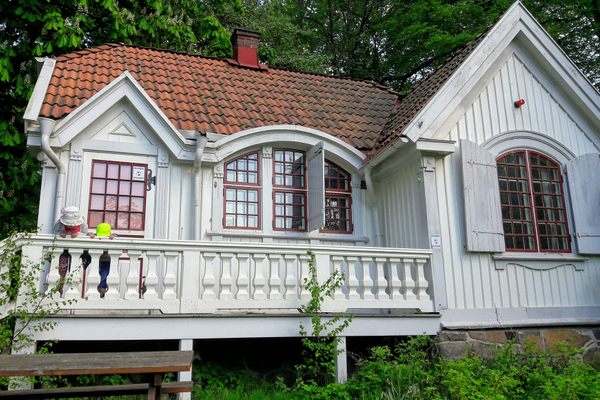





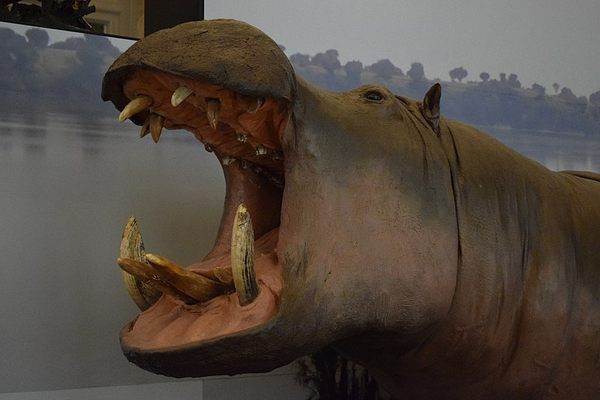


Follow us on Twitter to get the latest on the world's hidden wonders.
Like us on Facebook to get the latest on the world's hidden wonders.
Follow us on Twitter Like us on Facebook